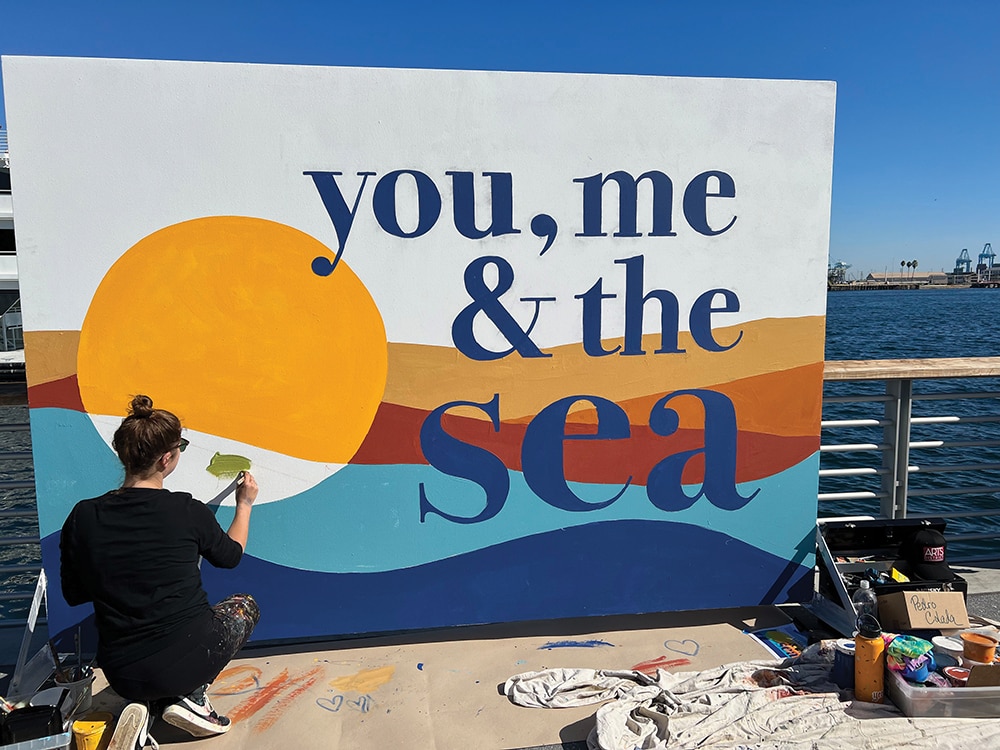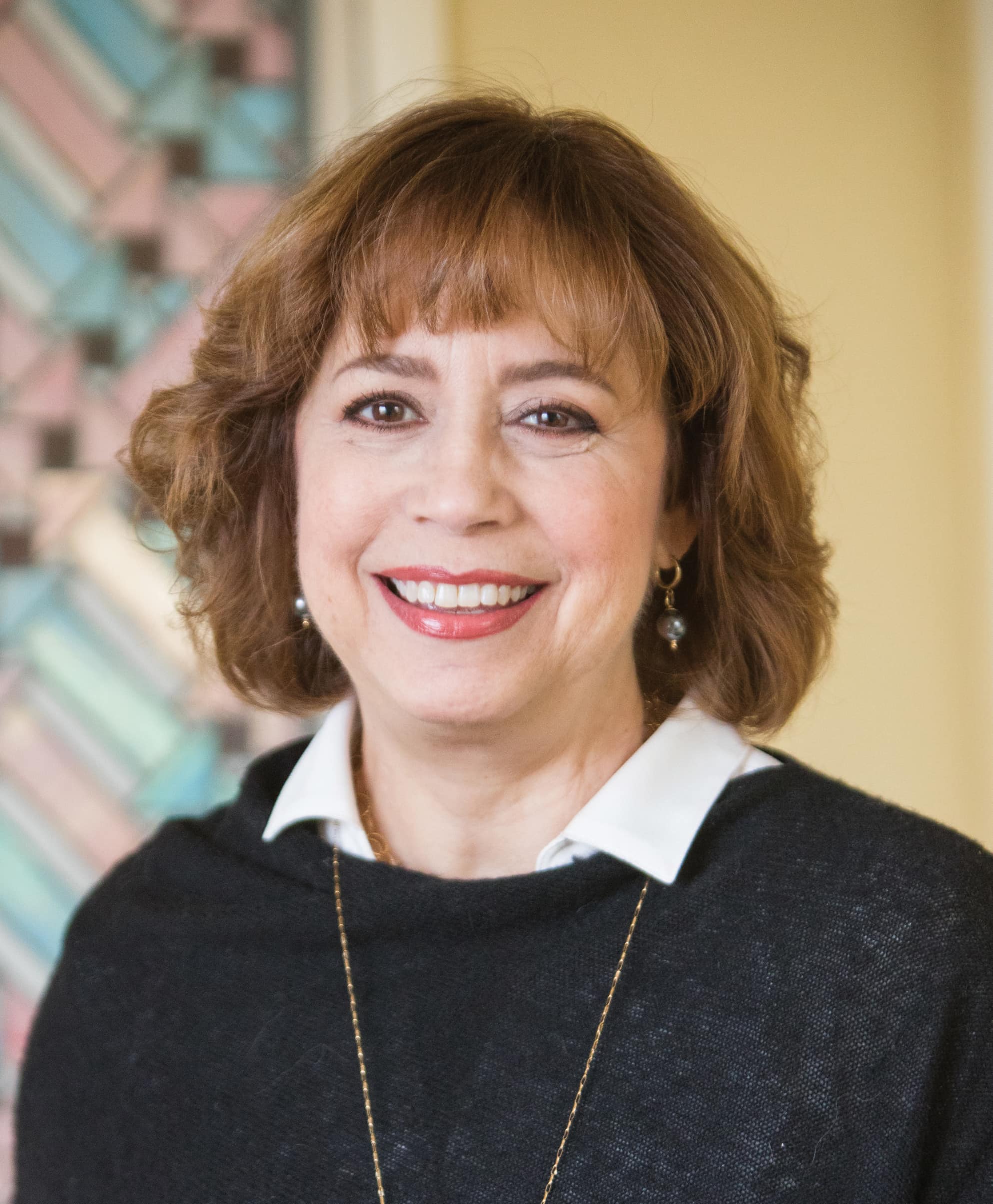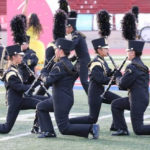We all have treasured memories of visiting a surprising, unique place — dark hot chocolate and churros in Madrid, the symmetry of town squares in Spain, holiday light shows in public gardens, hearing London’s Big Ben strike the time, a stroll along our promenade. I could go on and on, remembering the places I’ve visited, as I’m sure you could too.
These things did not happen by accident; they were carefully planned to enhance visitors’ and tourists’ experiences. There is an art and thoughtful science to placemaking — it’s not just about designing a park or plaza with efficient pedestrian circulation. Placemaking is a multifaceted approach to the planning, design, and management of public spaces. It capitalizes on a local community’s assets, inspiration, and potential, intending to create public spaces to promote people’s health, happiness, and well-being.
Using smart, proven urban design principles, placemaking is both a process and a philosophy. It can be led by the government or by community-driven grassroots tactical urbanism, such as extending sidewalks with chalk, paint, and planters, or open street events, such as Los Angeles’ and Brazil’s Ciclovia. Good placemaking uses neglected or underused spaces to enhance the urban experience at a human scale to create distinctive, unique, and memorable encounters.
An excellent example of creative placemaking at its finest, the Arts District was honored to be called on to represent public art at the recent West Harbor groundbreaking celebrations. We hired three plein air artists (Louisa McHugh, David Teter, and Stephen Mirich) and four muralists making 7×10 foot portable murals (Mer Young, Lindsay Sochar, Otis College teaching artist Raul Baltazar, and SPHS art teacher Jay Davis). We plan to display these four portable murals during the First Thursday ArtWalk on December 1.
While creative expression plays a substantial part in establishing a sense of locale and economic growth, the arts must also play an equally large role in creating a successful place. According to the 2022 Otis Report on the Creative Economy, these two factors are not mutually exclusive. The arts and cultural economic activity added a gross regional impact of $687.6 billion in 2020. This is the equivalent of 23 percent of California’s Gross Regional Product (GRP), and for every 100 jobs in the creative industry, an additional 180 jobs are supported in other economic sectors. This means that the arts can be deployed as a powerful tool in creating or rehabilitating urban spaces.
The Arts District references these four tools used by communities while considering our creative placemaking strategies:
• Anchoring: attracting additional foot traffic or a regional draw. These anchors can attract additional business and become a strong source of identity for the neighborhood.
• Activating: When visual or performing arts are brought into the public realm, it activates the area while creating interest, activity, and engagement. More people and eyes on the street drive curiosity to explore and establish a sense of safety.
• Fixing: activating vacant, underutilized, or blighted spaces to treat them as an opportunity for new art and design projects.
• Planning: by using the arts and creative strategies, community enthusiasm and pride can be bolstered. Bringing artists into the planning process can upend the familiar and allow participants to mentally “unhook” from their preconceived notions.
The principles of creative placemaking inform our quest to create more public art. We believe that celebrating art in everyday, ordinary places enhances our lives, demonstrates community pride, and provides a sense of inclusiveness. Not everyone feels comfortable going to an art gallery or museum. By painting murals, traffic signal boxes, and storm drains, we employ artists, and viewers are also exposed to a joyful, unexpected expression of what it means to be San Pedro.
SAN PEDRO HOLIDAY TRADITIONS
December 1, the last First Thursday ArtWalk of 2022, gathers at 5:30 p.m. at JDC Records, 447 W. 6th St., walk at 6 p.m. For more info, visit sanpedrowaterfrontartsdistrict.com.
San Pedro Chamber of Commerce’s annual Spirit of San Pedro Holiday Parade will be held on Sunday, December 4, from 1 to 3 p.m. in Downtown San Pedro. For more info, visit sanpedrochamber.com.
Since 1994, San Pedro City Ballet has produced The Nutcracker, a classic holiday story centered on a family’s Christmas Eve gathering. Look closely at the onstage families and you may recognize some of San Pedro’s luminaries. December 9-11, Warner Grand Theatre, 478 W. 6th St. Tickets and more info: sanpedrocityballet.org.
The Golden State Pops Orchestra’s acclaimed production Holiday POPS Spectacular returns this year with joyous music and high spirits. And it might even snow! December 17, Warner Grand Theatre, 478 W. 6th St. Tickets and more info: gspo.com.
San Pedro International Film Festival’s screening of the Frank Capra classic, It’s a Wonderful Life on December 23, 7 p.m., Warner Grand Theatre, 478 W. 6th St. Tickets: spiffest.org. spt






Comments